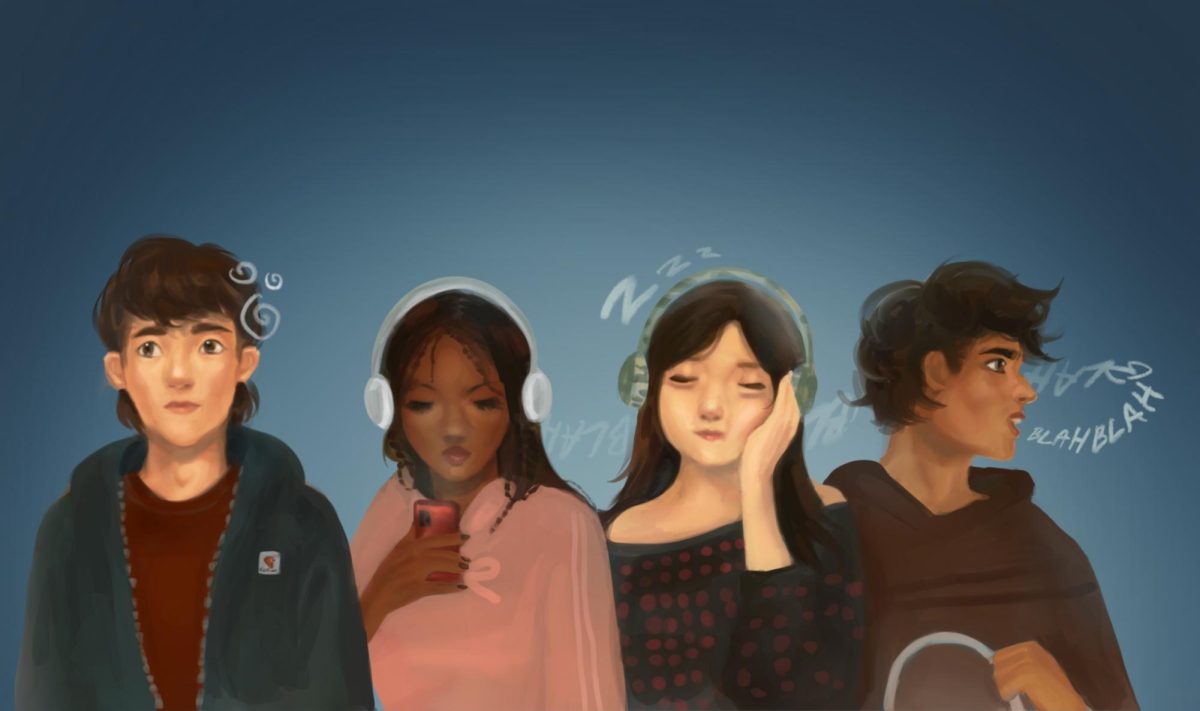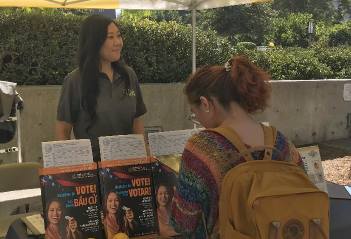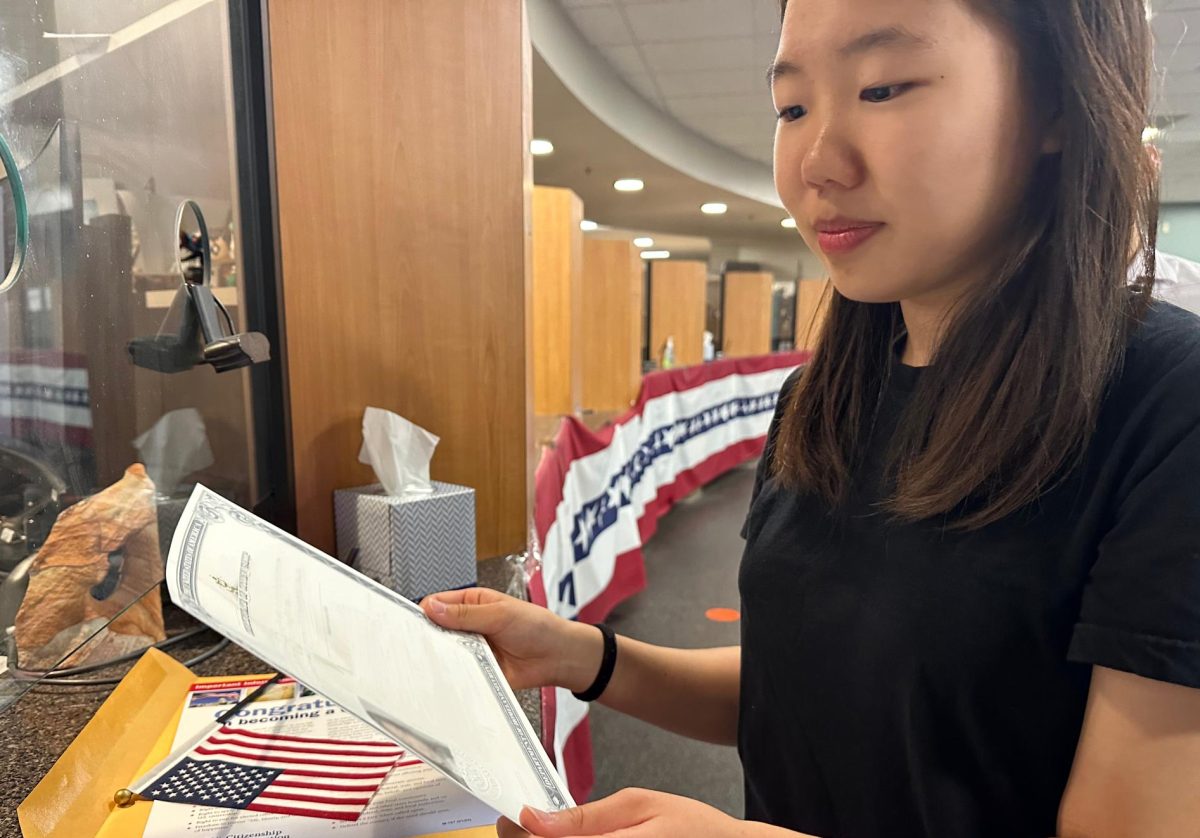On the night of Aug. 11, 2012, in Steubenville, Ohio, a high school girl — incapacitated by alcohol — was publicly and repeatedly sexually assaulted by two of her classmates, who documented the acts on social media.
The case’s trial gained national attention and outrage when many members of her community and others on social media blamed the girl for her own rape and condemned her for casting a negative light on the boys, who were star players of the school’s football team. The media villainized the victim while praising the two boys for their prior achievements — most notably CNN correspondent, Poppy Harlow, called the teenage rapists, “two young men that had such promising futures.”
According to CNN, the two boys, both 16 at the time of the crime, were convicted in juvenile court for the rape of a minor.
Sadly, this example of victim-blaming is not an isolated incident.
Oftentimes, as seen in several cases that have appeared in the media, when sexual assault victims come forward with their stories they immediately get bombarded with a series of irrelevant questions: what were you wearing, how much did you have to drink and why didn’t you fight back?
Outside of an objectively legal setting, such questions not only place blame on victims, further amplifying their pain, but also distract from one clear fact: sexual assault is never the victim’s fault. No amount of alcohol or lack of clothing can be mistaken for consent.
According to Vox, the term rape culture first appeared in Rape: The First Sourcebook for Women, published by the New York Radical Feminists Collective in 1974 to show the ways in which society blamed victims of sexual assault and normalized sexual violence. Since then, it has become a sociological concept used by people across the world.
This mindset, known as rape culture, is an increasing problem, perpetuated through the use of misogynistic language that continues to harm all members of society, not just those who experience assault.
A considerable amount of data on sexual assault nationwide comes from the National Sexual Violence Resource Center [NSVRC], a Pennsylvania-based non-profit organization that provides leadership in preventing and responding to sexual violence through collaboration, sharing and creating resources and promoting research.
According to the 2010 National Intimate Partner and Sexual Violence Survey done by the NSVRC, in which 9,970 women and 8,079 men nationwide were interviewed, one in five women and one in 71 men in the United States have experienced some form of illegal or unwanted forced penetration in their lives, which does not even account for victims of harassment or uninvited advancements.
This means that a considerable number of people will have either encountered sexual assault themselves or will know at least one person who has. To protect victims, it is necessary to combat rape culture instead of becoming complacent in the progress that has already been made.
Some experts have found that the tendency for some to question victims and make excuses for rapists only deters justice from being served.
Harvard Kennedy School professor, Dara Kay Cohen, and Ford Foundation associate professor of public policy, Matthew Baum, developed a 72-point framework with which they evaluated all newspaper stories published between 2000 and 2013. They found a “correlation between the level of rape bias in a community’s news coverage and the incidents of rape reported and prosecuted there.”
In a subsequent study, the researchers found that “details related to consent, such as the victim’s sexual history and prior relationship with the perpetrator, and to victim-blaming, such as their sex or the venue of the rape, most influenced whether people would report a case to the police and how harshly respondents believed the rapist should be punished.”
These studies prove that harmful assumptions made up about sexual assault — like “men who experience assault should have enjoyed the experience” or “women must have provoked or ‘asked’ for the assault in some way” — actively harm victims and threaten their chances of getting justice.
This treatment is immensely harmful to all members of society who, from a young age, ignore and dismiss instances of sexual harassment and cohesion, believing that this behavior is just a part of life— an idea repeatedly shown in popular media like the movie “The Notebook” or the TV show “Gossip Girl” and literature like the novels “After” by Anna Todd or “A Court of Thorns and Roses” by Sarah J. Maas.
Sexist dress code policies — like the ban of tank tops and leggings in many middle schools — and unnecessary sexualization of their bodies at the hands of adults and classmates, teach teenage women especially that they must constantly be alert and modest if they do not want to be assaulted. Being told that their uncovered shoulders are too distracting or leggings too form-fitting for a school environment, young women begin to believe that their natural bodies are sexual objects.
Furthermore, if middle and high school boys simply cannot help but be distracted by bared shoulders or form-fitting clothing, then the correct response is not to control what young girls wear but instead to teach the boys not to sexualize their classmates without their consent.
Carrying rape whistles, pepper spray and other protection devices, women have to take every possible precaution when, in reality, taking the root of the problem would be a more effective deterrent.
Although rape culture directly harms women at a higher rate, men also feel the fallbacks of this mindset in society. Despite this, many men refuse to acknowledge that rape culture exists and will often fight against any efforts to solve the problem.
Some will argue that by questioning rape allegations, they simply protect the falsely accused and fight against the “men’s violence industry” — a way of saying that domestic violence is massively over-reported and that “often the woman initiates violence herself.”
Take also what we’ve seen with the National Coalition for Men, a group that has been criticized in 2013 for harassing women and publishing headshots of women on a webpage that reads, “false victims,” when in reality the cases were simply dismissed by the authorities because of insufficient evidence or prejudice against victims.
The statistics on false reports are not as high as groups like the National Coalition for Men want us to think. According to a 2016 study done by the NSVRC, examining 812 reports of sexual assault from 2000-2003, only 2% of rape allegations are proven to be false. Yet, despite the small number of fake allegations, those who defend the action of rape or sexual assault often point to ulterior motives for women who come forward with their stories of sexual assault.
A clear example of this was shown in 2018 during Supreme Court Justice Brett Kavanaugh’s confirmation hearings, during which Stanford professor Christine Blasey Ford was relentlessly accused by some of lying about the sexual assault allegations she put forth. Several senators even apologized for the damage supposedly inflicted by these claims on Kavanaugh’s reputation, while refusing to hold him accountable for his alleged actions.
Furthermore, shaming women into dressing and behaving modestly will in no way eliminate sexual abuse from occurring. Revealing clothing does not invite assault nor justify it — people should be able to wear whatever they want without worrying about being harassed.
By diminishing assault victims, men and women alike allow rapists to get away unpunished. If accused rapists do not face consequences for their actions, they can continue assaulting others.
If we, as a society, want to eliminate rape culture, we must stop making excuses for rapists and justifying their behavior.
Specifically, the NSVRC developed a Spectrum of Prevention, which is “a tool to assist communities in developing comprehensive sexual violence prevention initiatives… [by focusing] not just on individuals but also on the environment, including systems and norms that contribute to sexual violence.”
The spectrum goes from strengthening individual knowledge and skills at the bottom, to promoting community education, to educating providers, to fostering coalitions and networks, to channeling organizational practices and to influencing policy and legislation at the very top.
In the end, it does not matter what a person is wearing or how much he or she has had to drink; the only thing that causes rape is a rapist.
























